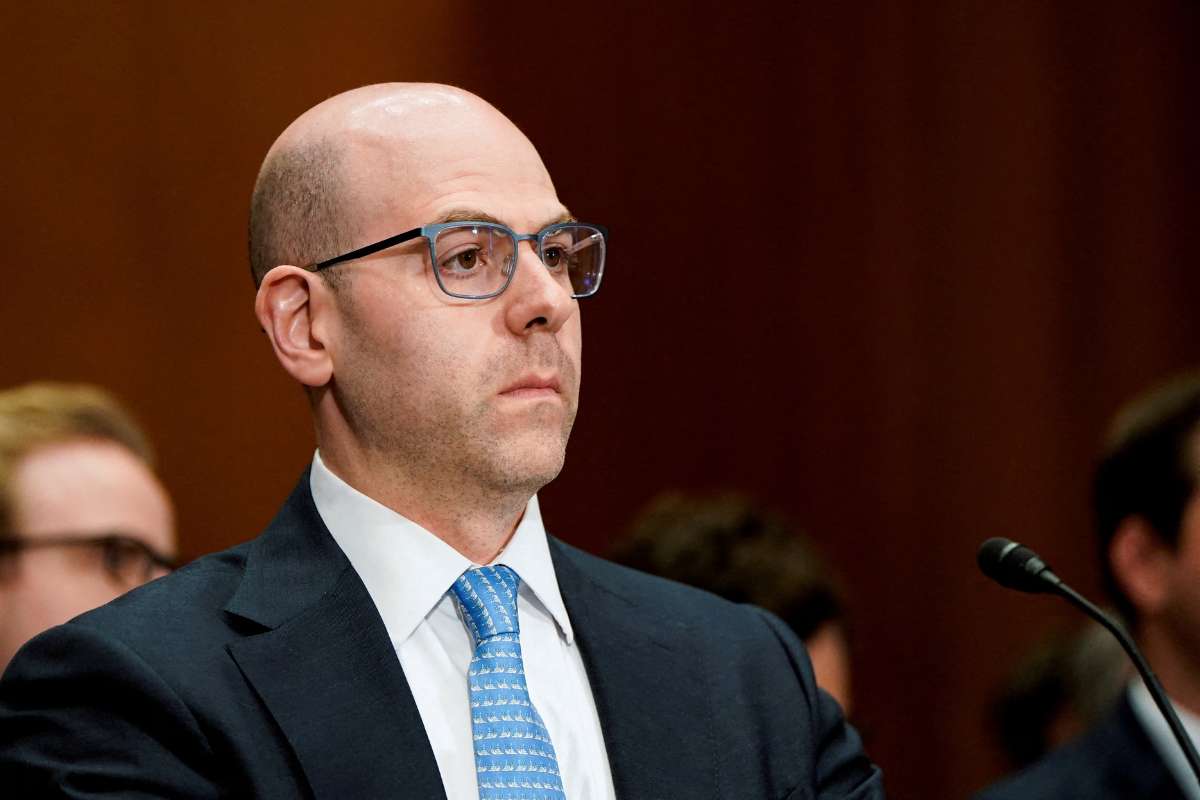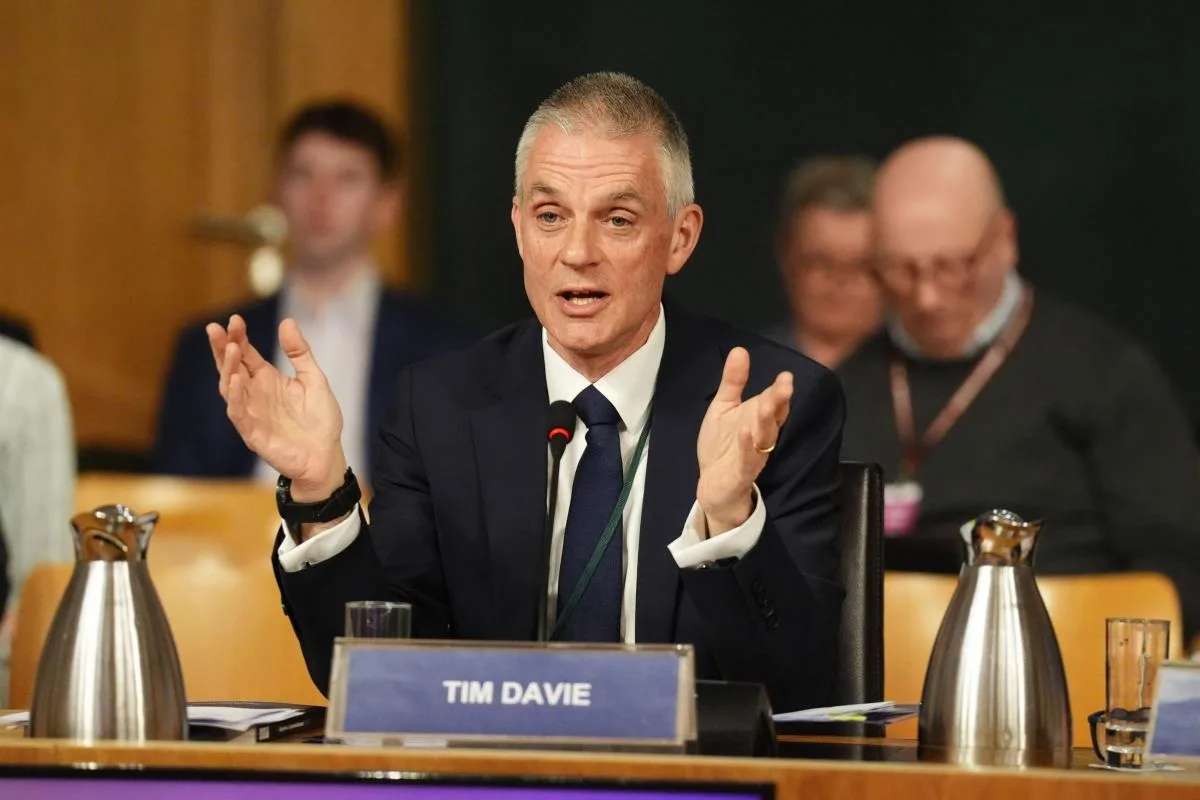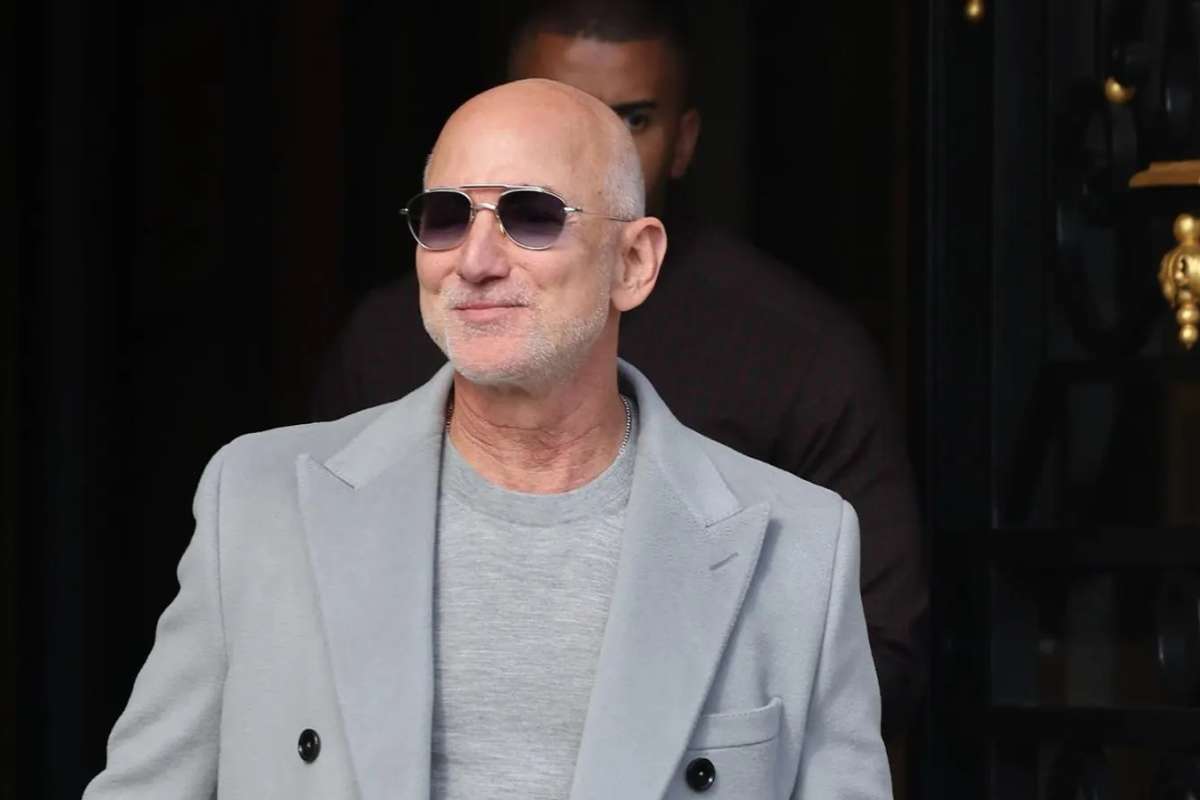Key Points:
- Fed’s Miran says faster and deeper interest rate cuts are needed, warning that current policy risks overtightening and could harm the labor market.
- The Federal Reserve recently cut rates by 25 basis points, but Miran dissented, favoring a larger reduction. Other policymakers remain cautious, citing persistent inflation concerns.
- Miran argues that fears of inflation are overblown, and that front-loading rate cuts could stabilize employment. His stance highlights growing internal debate over the Fed’s policy direction.
Fed’s Miran says the central bank’s current policy stance is excessively restrictive for the U.S. economy. With the federal funds rate still positioned well above what he considers neutral, Miran warned that maintaining such levels could jeopardize employment gains and strain rate-sensitive sectors such as housing, credit, and private investment.
He noted that recent volatility and strengthened financial markets should not be misinterpreted as evidence of loose monetary conditions. Instead, Miran stressed that underlying economic signals, especially those related to consumer spending and labour markets, suggest the need for a more balanced approach. He also pointed out that delays in government data releases, caused by the prolonged shutdown, have further complicated policy assessment and increased the risks of leaving policy too tight for too long.
Advocacy for a December Cut
Fed’s Miran says an interest-rate cut at the upcoming December meeting, describing such a move as “reasonable and necessary” for sustaining economic stability. While many of his colleagues on the Federal Open Market Committee favour a cautious quarter-point reduction, Miran reiterated his preference for a more aggressive half-point cut, citing the need to counter warning signs in the labour market.
He argued that high borrowing costs are increasingly weighing on businesses and households, and that easing policy sooner could help prevent a broader slowdown. With inflation showing signs of stabilising, Miran believes the window for proactive action is narrowing and that waiting for further deterioration would be riskier than acting now.
Growing Divergence Within the Fed
Miran’s forceful stance highlights widening divisions inside the Federal Reserve as policymakers debate the pace and scale of future rate cuts. While some members remain focused on inflation risks, others Miran most prominently, see overtightening as the bigger threat in the current macroeconomic environment.
His background in both public policy and financial markets has amplified the visibility of his remarks, positioning him as one of the more vocal advocates for earlier and sharper easing. Analysts note that if the Fed ultimately adopts his preferred strategy, borrowing costs could shift significantly heading into 2026, influencing everything from mortgage rates to corporate credit conditions.
For now, the December policy meeting is shaping up to be a pivotal moment for the central bank. Fed’s Miran says his argument is putting pressure on colleagues to reconsider how restrictive policy should remain amid evolving economic headwinds.
Visit Visionary CIOs for the most recent information.











